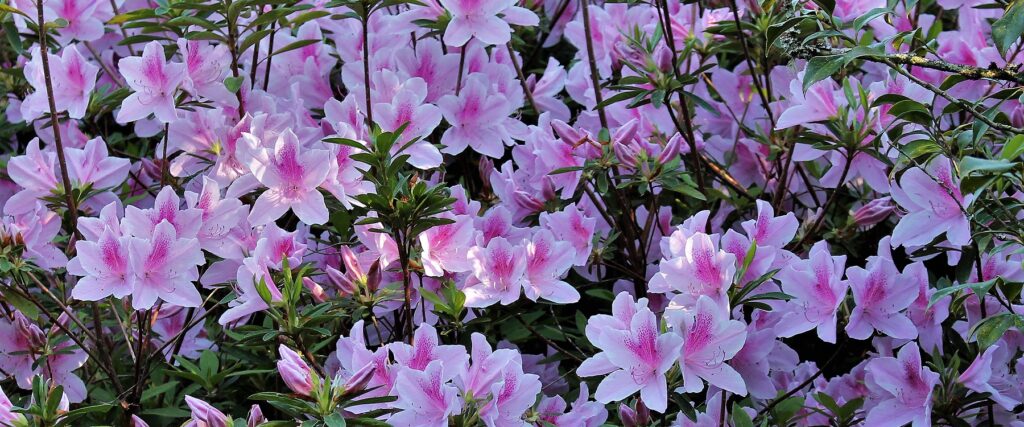Lots of people like to have ‘Raised Garden Beds’ to grow flowers, herbs and vegetables. These are relatively easy to construct and maintain. Raised Bed gardening has many benefits.
What is a ‘Raised Garden Bed?’
A raised garden bed is basically a large planting container that sits above ground and is filled with soil and plants. It is a box with no bottom or top, that is to say, a frame which is placed in a sunny spot and is filled with good quality soil to cultivate vegetables, herbs and flowers. For many a ‘Raised Garden Bed’ is a source of pride and pleasure and is a centerpiece of their garden.
Dimensions of a ‘Raised Garden Bed’
A ‘Raised Garden Bed’ does not have to be very deep to be effective. Vegetable beds should be 12 to 18 inches deep. Plants that require drier soil may need taller boxes with porous growing medium. ‘Raised Garden Beds’ come in different dimensions. However, most people start with a 4 feet wide, 4 feet long and 1 foot deep (4x4x1) bed. This dimension is easier to maintain as the gardener can access it comfortably from all sides. Larger dimensions make it harder to weed and harvest. Multiple beds of the same dimensions can be made and arranged aesthetically in the garden to grow different crops.
‘Raised Garden Beds’ need a location that has level ground and gets right amount of sunlight, that is to say, 6 to 8 hours per day. The site for beds must be prepared by breaking up and loosening the soil underneath so that it is not compacted. Digging 6 to 8 inches deep and mixing the top layer of soil with the soil below a spade’s depth improves rooting. Because many plants require well-draining soil, placing rocks in the bottom of a raised bed to create additional drainage space below the soil is a sensible step. Unlike soil, rocks will not degrade or compact over time.
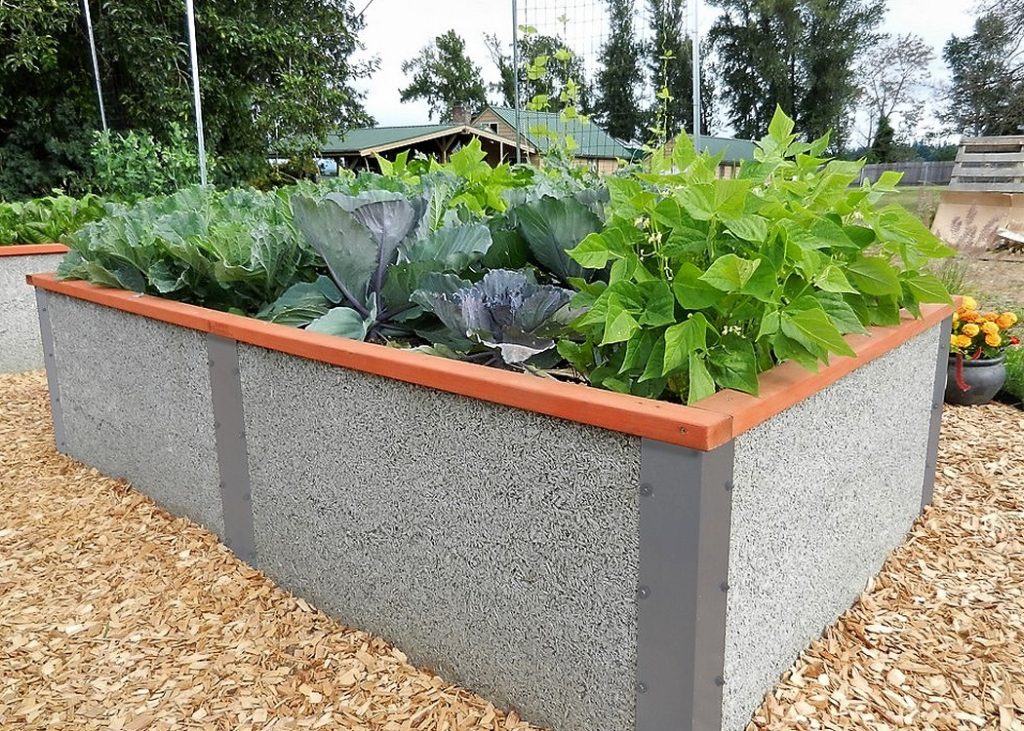
Wood, Concrete or Galvanized Metal for the Raised Bed?
A ‘Raised Garden Bed’ can be constructed using wood or galvanized metal. Using the right wood to make the boxes is very important. CCA pressure-treated wood is banned as it can leach arsenic into the soil. Regular pressure-treated lumber can be used as it is certified safe for organic growing. Cedar is the most preferred option as it contains natural oils which protect it from moisture breakdown and can last the longest, however, it can be more expensive. Alternatively, some like to build their beds with concrete blocks or bricks. However, it is important to keep in mind that the contents of concrete can negatively impact the pH of the soil and will require frequent soil amendments. Galvanized metal works well for building raised beds because the zinc coating helps prevent the metal from rusting. Without galvanization, the metal’s constant exposure to soil and moisture would cause the beds to fall apart within a year or two of use.
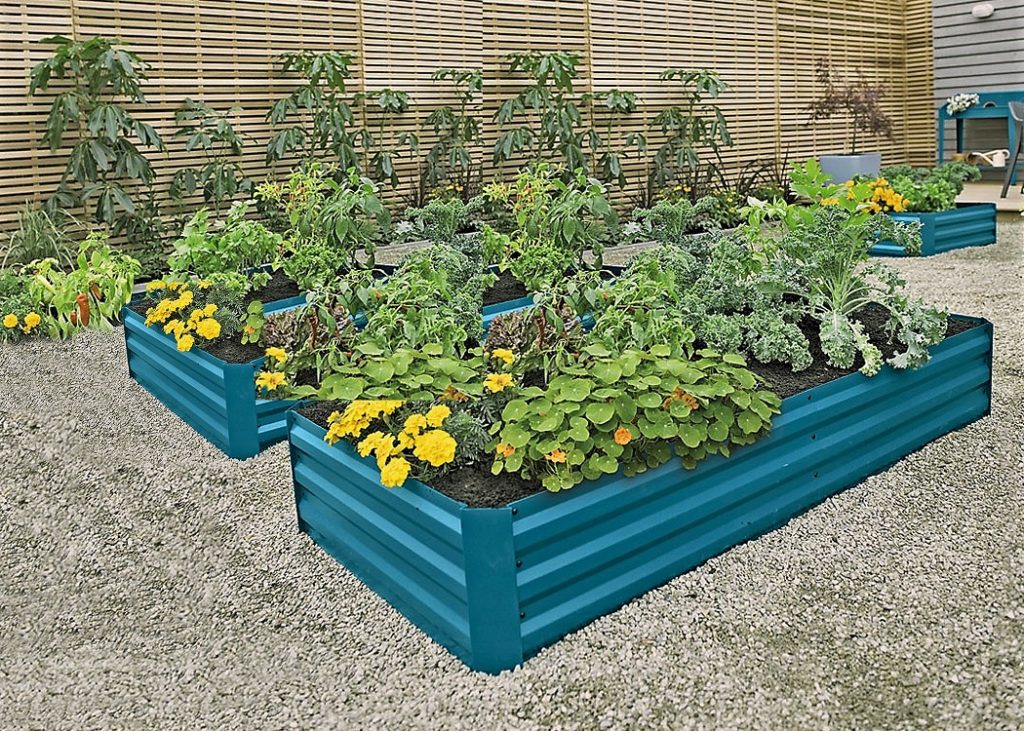
The Right Organic Mix to fill a ‘Raised Garden Bed’
The soil blend that you put into your raised bed is its most important ingredient. More gardens fail or falter due to poor soil than almost anything else. Fill the beds with a mix of topsoil, compost, and other organic material, such as manure, to give your plants a nutrient-rich environment. The soil in a raised bed tends to dry out more quickly. During the spring and fall, this is fine, but during the summer, add straw, mulch, or hay on top of the soil to help it retain moisture. Frequent watering will be critical with raised beds, especially in the early stages of plant growth. Otherwise, raised beds need little maintenance.
For a vegetable and herb bed of 4 feet by 4 feet by 1 foot (4 x 4 x 1 or 16 cubic feet), we at Hyams Garden Center recommend the following soil recipe:
- 1/3 Peat Moss – 1, 2.2 Compressed Bale = 5 cubic feet
- 1/3 Stout Ollie (blended compost) – 4, 1.5 cubic feet bags = 6 cubic feet
- 1/3 Vermiculite – 1, 4 cubic feet bag
For budget calculating purposes, the cost is approximately $4.75 per cubic foot as of summer of 2020.
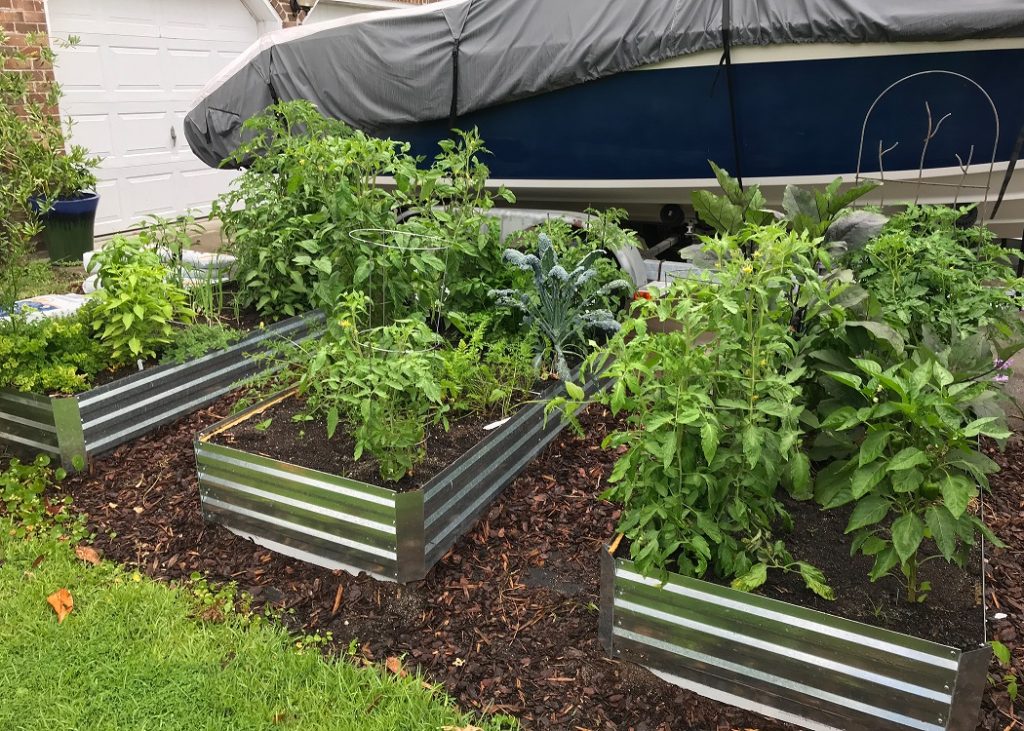
For a 4 feet by 8 feet (4 x 8) raised bed the soil recipe would be the following:
- 4 bags (2 cubic feet each) topsoil. Please avoid using topsoil from your yard, as it may contain weeds and pests.
- 2 pails (3 cubic feet each) coconut coir (to improve drainage)
- 2 bags (2–3 cubic feet each) compost or composted cow manure
- 2-inch layer of shredded leaves or grass clippings (grass clippings should be herbicide-and fertilizer-free)
Benefits of a ‘Raised Garden Bed’
- Garden chores are made easier and more comfortable thanks to less bending and kneeling. Save your knees and back from the strain and pain of tending the garden!
- Productivity of plants is improved due to better drainage and deeper rooting.
- Raised beds are ideal for small spaces where a conventional row garden might be too wild and unwieldy. Raised beds help to keep things organized and in check.
- Planting in a raised bed gives you full control over soil quality and content, which is especially important in areas where the existing soil is rocky, nutrient-poor, or riddled with weeds.
- Raised beds allow for a longer growing season, since you can work the soil more quickly in the spring in frost-hardened regions, or convert the bed into a cold frame in the fall.
- Fewer weeds are seen in raised beds thanks to the bed being elevated away from surrounding weeds and being filled with disease-and weed-free soil.
- Raised beds allow for easier square-foot gardening and companion planting.
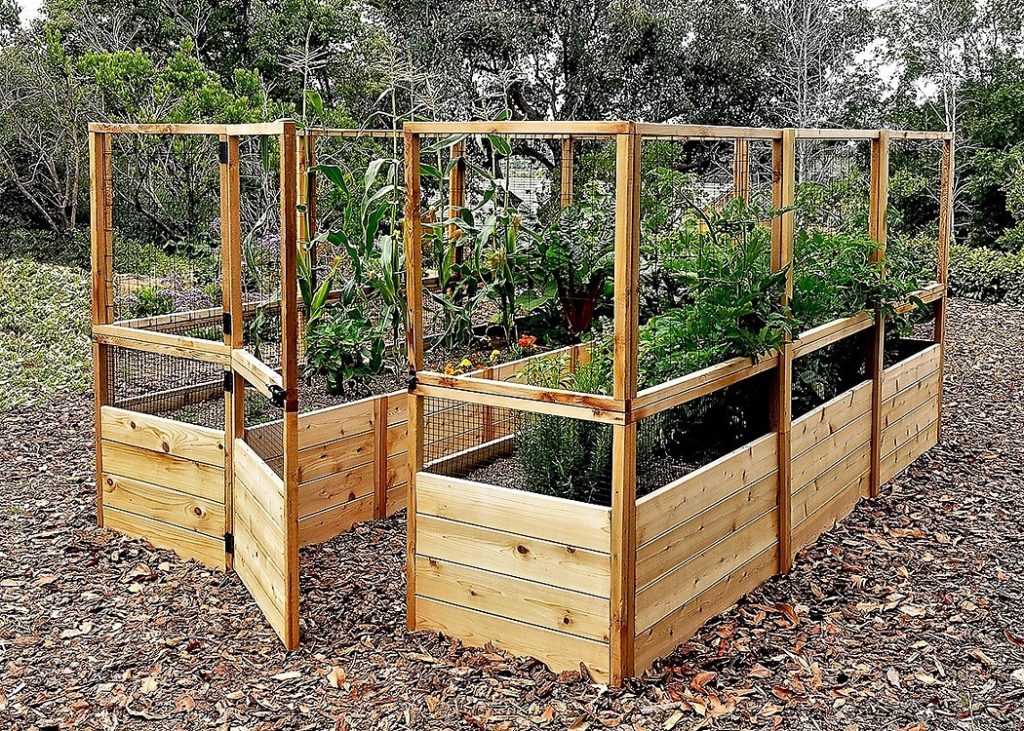
When to Plant what in your ‘Raised Garden Beds’
For Charleston, a good time to introduce starter plants to the ‘Raised garden Beds’ for the Fall Planting Season is when temperatures during the day are in the mid-80s and the nights are in the mid to low 70s Fahrenheit.
A good time to directly sow seeds into the bed is mid-September to mid-October. The best seeds to sow are root vegetables like carrots, beets, turnip, etc.
Vegetables best suited for ‘Raised Garden Beds’ are (1) leafy greens, (2) onions, (3) tomatoes and (4) potatoes.
Seed Planting: A Calendar for Charleston
| JANUARY | Beets Cabbage | Carrot Early Peas | Onion Sets Lettuce | Mustard Rutabaga | Spinach Turnips |
| FEBRUARY | Broccoli Cabbage | Collards Lettuce | Mustard Onion Sets | Potatoes Irish Radish | Rutabaga Turnips, Parsley |
| MARCH | Beans, Snap Beans Pole Beans Half Runner | Beans, Lima Broccoli Cantaloupes Collards | Corn Cucumbers Egg Plant Lettuce | Peas Peppers Radish Squash | Tomatoes Turnips Watermelon |
| APRIL | Beans, Lima Cantaloupes, Corn | Cucumbers Egg Plant Lettuce | Okra Peanuts Peppers | Southern Peas Squash | Tomatoes Watermelon |
| MAY | Beans, Lima Cantaloupes, Corn | Cucumbers Egg Plant Lettuce | Okra Peanuts Peppers | Southern Peas Squash | Tomatoes Watermelon |
| JUNE | Beans, Tomatoes | Egg Plant Okra | Sweet Potato Sets | ||
| JULY | Beans | Cucumber | Egg Plant | Okra | Tomato |
| AUGUST | Beans, Beets, Broccoli | Cabbage Cauliflower Collards | Cucumber Garlic Kale | Lettuce Mustard Onion Sets | Peppers Rutabaga Squash, Turnip |
| SEPTEMBER | Broccoli, Kale | Lettuce Mustard | Onion Sets Radish | Turnip | |
| OCTOBER | Mustard Onion Sets | Radish Lettuce | Rutabaga Spinach | Turnip | |
| NOVEMBER | Onion Sets | Radish | Spinach | ||
| DECEMBER | Beets | Cabbage | Carrot |
Which Vegetables Grow Well Together
The chart below provides quick and easy references for not only which vegetables grow well together, but which to avoid planting together.
| Vegetable | Companion Plant | Don’t Plant Together |
| Asparagus | Tomatoes | None |
| Beans (Bush or Pole) | Celery, corn, cucumbers, radish, strawberries and summer savory | Garlic and onion |
| Beets | Bush beans (not pole beans), cabbage, broccoli, kale, lettuce, onions, garlic | Pole beans |
| Cabbage Family (cabbage, broccoli, kale, Brussels sprouts) | Beets, celery, dill, Swiss chard, lettuce, spinach, onions, potatoes | Pole beans |
| Carrots | Beans, tomatoes | None |
| Celery | Beans, tomatoes, cabbages | None |
| Corn | Cucumber, melons, squash, peas, beans, pumpkin | Tomatoes |
| Cucumber | Beans, corn, peas, cabbage | None |
| Eggplant | Beans, pepper | None |
| Melons | Corn, pumpkin, radish, squash | None |
| Onions | Beets, carrots, Swiss chard, lettuce, peppers | All beans and peas |
| Peas | Beans, carrots, corn, cucumbers, radish, turnip | Garlic, onions |
| Potatoes | Beans, corn, peas | Tomatoes |
| Squash | Corn, melons, pumpkins | None |
| Tomatoes | Carrots, celery, cucumbers, onions, peppers | Corn, potatoes, kohlrabi |
Companion Planting and Organic Pest Control
Many old-fashioned vegetable gardens or kitchen gardens mix vegetables, herbs and flowers together. Not only does this type of garden look beautiful, but it also harnesses the power of nature to create an organic garden that naturally repels pests. Marigolds repel many species of insects. You can plant marigolds around tomatoes to inhibit the ugly green horn worms. These big insects can devour an entire tomato plant in one night. Plant marigolds around your entire vegetable garden to add bright color and keep the insect predators at bay.
Herbs add flavor to foods, and they can also discourage harmful insects. Nasturtium and rosemary deter beetles that attack beans. Thyme repels the cabbage worm. Chives and garlic deter aphids. Oregano, like marigolds, is a good all-purpose plant for the organic gardener who wants to deter most insects and pests. Plant herbs freely among vegetables, tucking basil, oregano, rosemary and chives in among the tomato and pepper plants. You can harvest the entire crop and make one great tasting dinner.
Companion Planting offers every gardener the chance to harness the power of nature for higher yields as well as natural, organic insect control. By tucking a few carefully chosen extra plants among the vegetables, you increase the garden yield and enjoy a bountiful harvest.
Vegetable Planting Guide
| Vegetable | Seeds or Plants? | When to Plant |
| Beans, snap or green | Sow seeds directly into the garden | Late Spring (after danger of frost has passed) |
| Beets | Sow seeds directly into the garden | Early to Mid-Spring |
| Broccoli | Start seeds indoors 6-8 weeks in spring or summer for fall | Transplant into garden early spring or late summer for fall crop. |
| Cabbage | Start seeds indoors 8 weeks before last frost date | Transplant into garden early spring or summer for fall. |
| Carrots | Sow seeds directly into the garden | Mid to Late Spring |
| Chard | Sow seeds directly into the garden | Early to Mid-Spring |
| Corn | Sow seeds directly into the garden | Late spring (after danger of frost has passed) |
| Eggplant | Start seeds indoors 8-12 weeks before last frost date | Transplant into garden late spring. |
| Lettuce | Sow seeds directly into the garden | Early to Mid-Spring |
| Peas | Sow seeds directly into the garden | Early to Mid-Spring |
| Peppers | Sow seeds indoors 8-12 weeks before last frost date | Transplant into garden late spring. |
| Pumpkin | Sow seeds directly into the garden | Late spring (after danger of frost has passed) |
| Radish | Sow seeds directly into the garden | Early to mid-spring |
| Spinach | Sow seeds directly into the garden | Early to mid-spring or fall |
| Squash | Sow directly or start indoors 6-8 weeks before last frost date | Late spring |
| Tomatoes | Sow seeds indoors 8-12 weeks before last frost date | Transplant into garden late spring. |
| Zucchini | Sow directly or start indoors 6-8 weeks before last frost date | Late spring |
